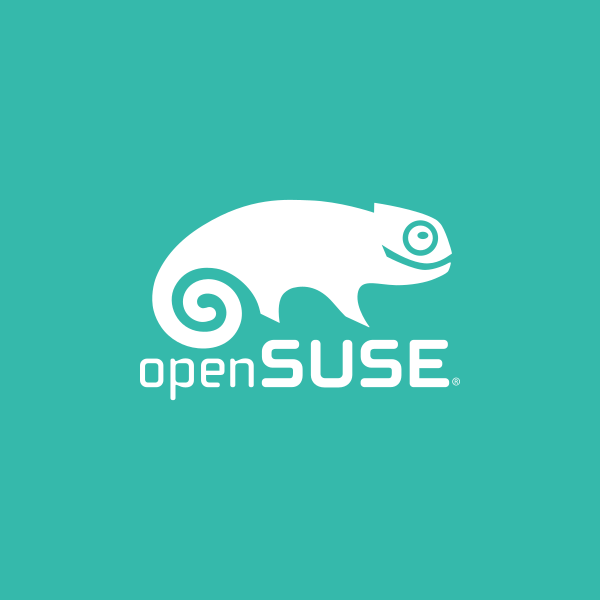daemonize
Command line utility to run any program as a Unix daemon
daemonize runs a command as a Unix daemon. As defined in W. Richard Stevens' 1990 book, Unix Network Programming (Addison-Wesley, 1990), a daemon is "a process that executes 'in the background' (i.e., without an associated terminal or login shell) either waiting for some event to occur, or waiting to perform some specified task on a periodic basis." Upon startup, a typical daemon program will: - Close all open file descriptors (especially standard input, standard output and standard error) - Change its working directory to the root filesystem, to ensure that it doesn’t tie up another filesystem and prevent it from being unmounted - Reset its umask value - Run in the background (i.e., fork) - Disassociate from its process group (usually a shell), to insulate itself from signals (such as HUP) sent to the process group - Ignore all terminal I/O signals - Disassociate from the control terminal (and take steps not to reacquire one) - Handle any SIGCLD signals Most programs that are designed to be run as daemons do that work for themselves. However, you’ll occasionally run across one that does not. When you must run a daemon program that does not properly make itself into a true Unix daemon, you can use daemonize to force it to run as a true daemon.
openSUSE Leap 15.5 没有可用的官方软件包发行版
openSUSE Tumbleweed
openSUSE Leap 15.6
openSUSE Leap 15.5
openSUSE Leap 15.4
RedHat RHEL-7
